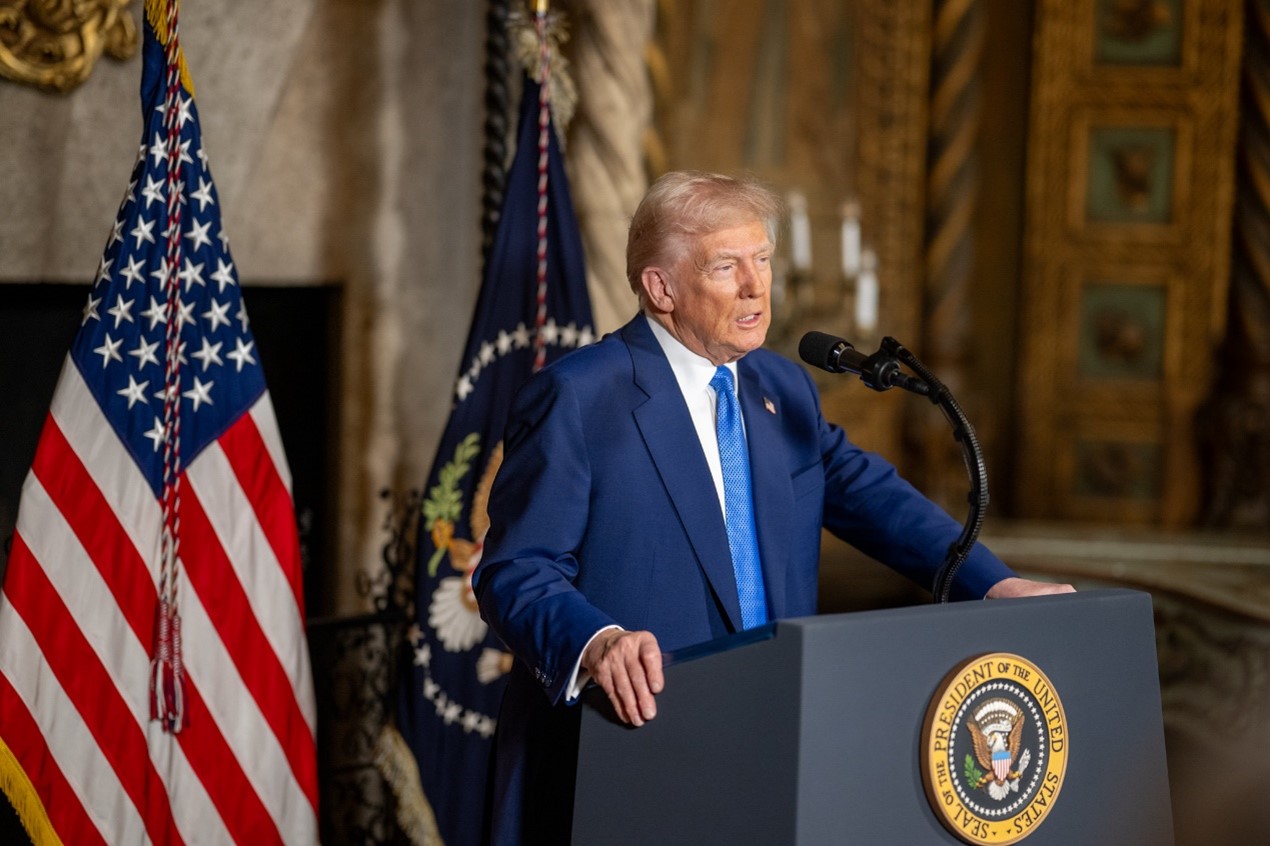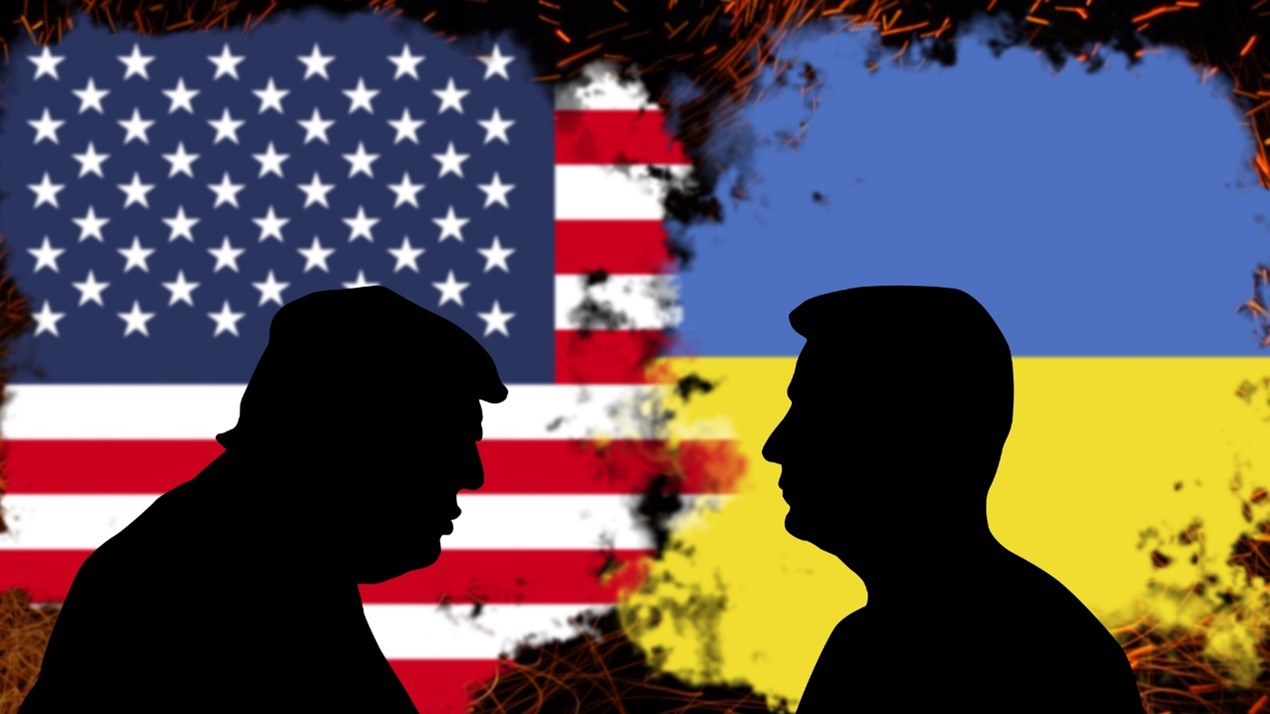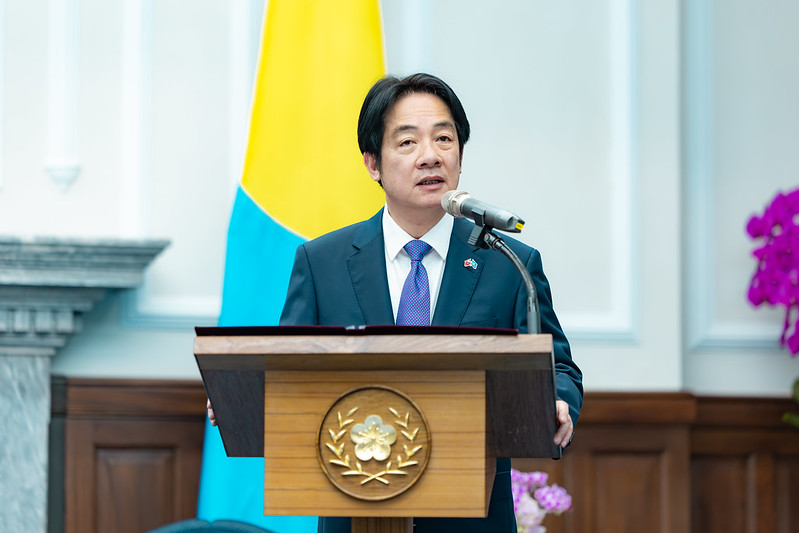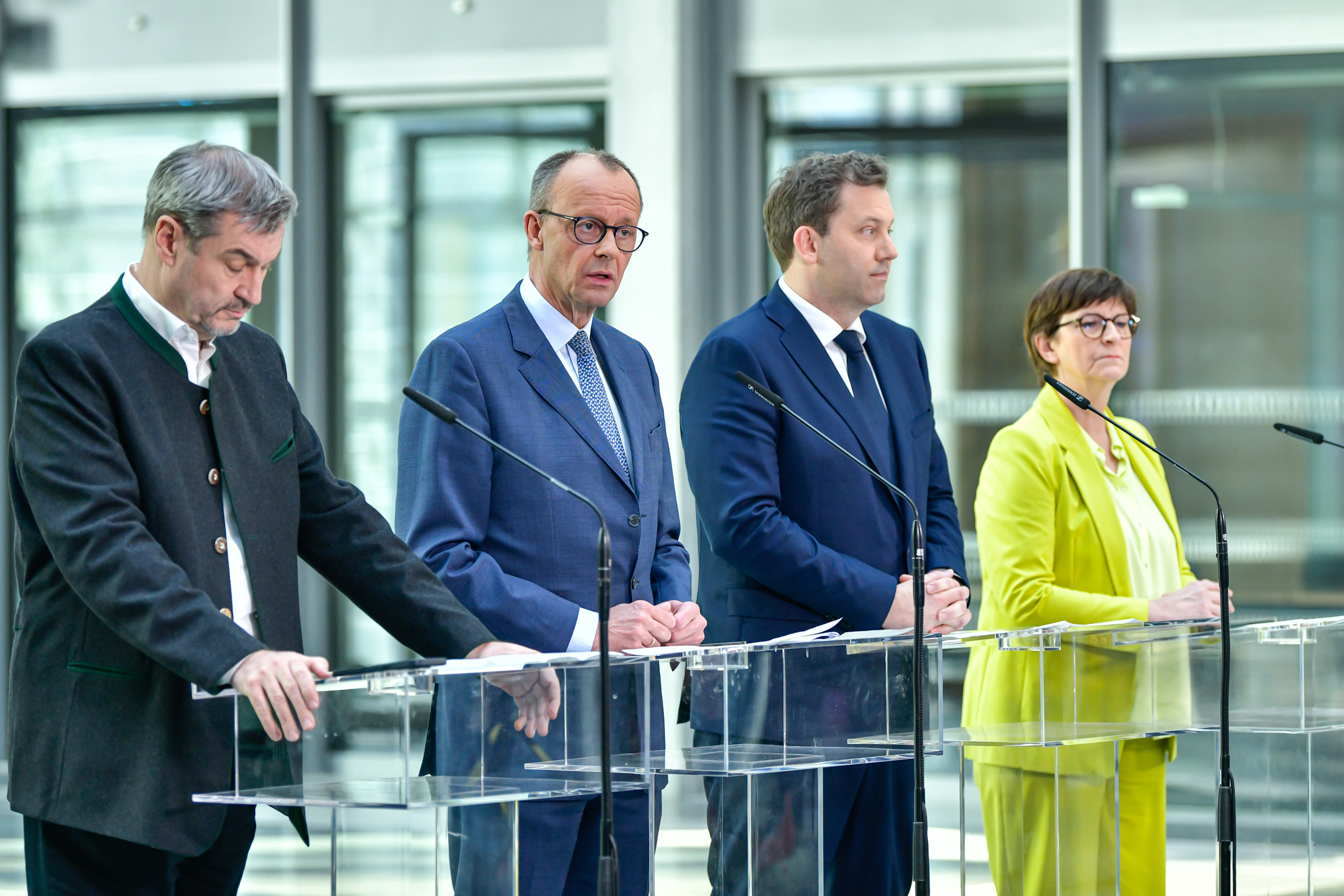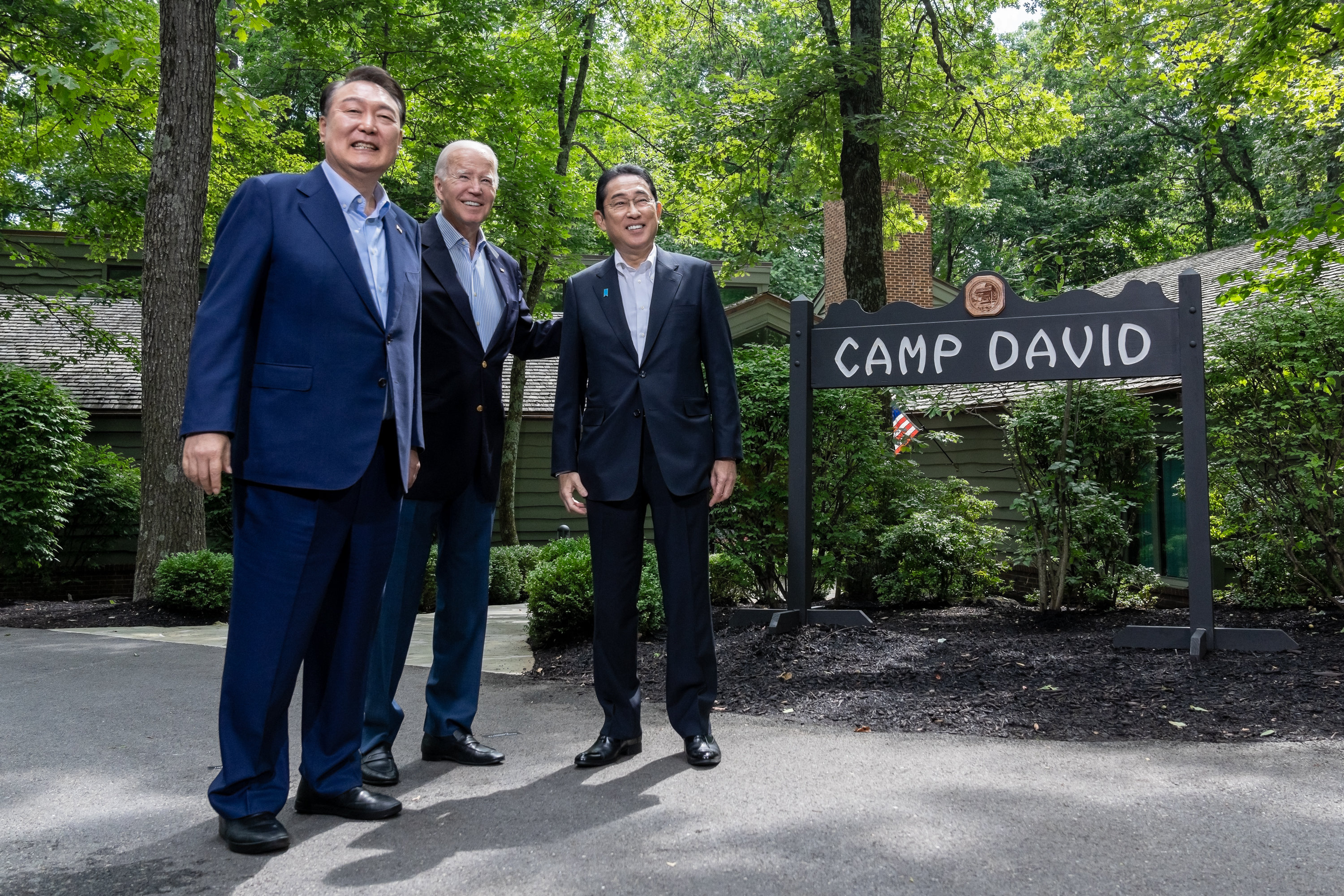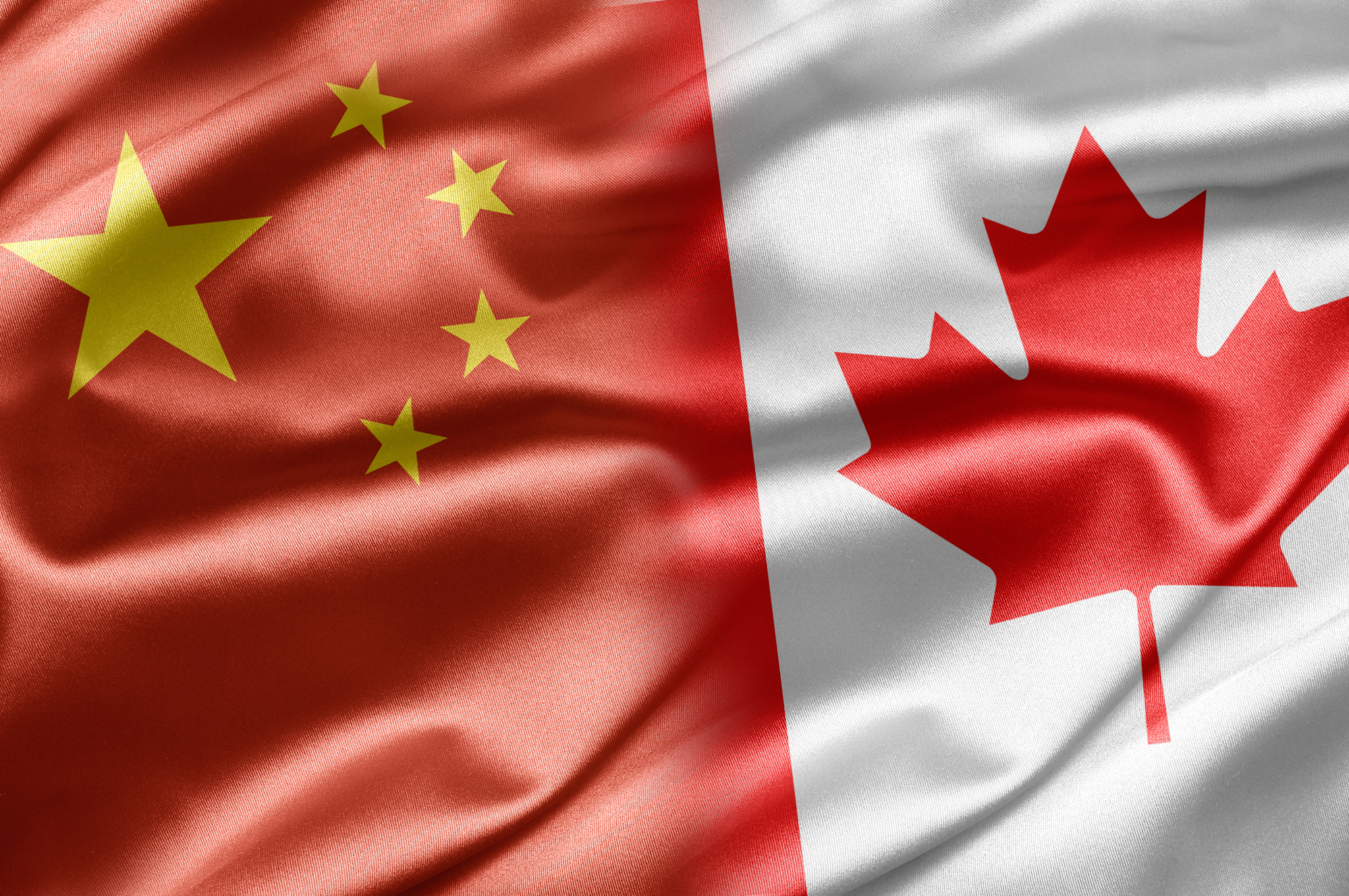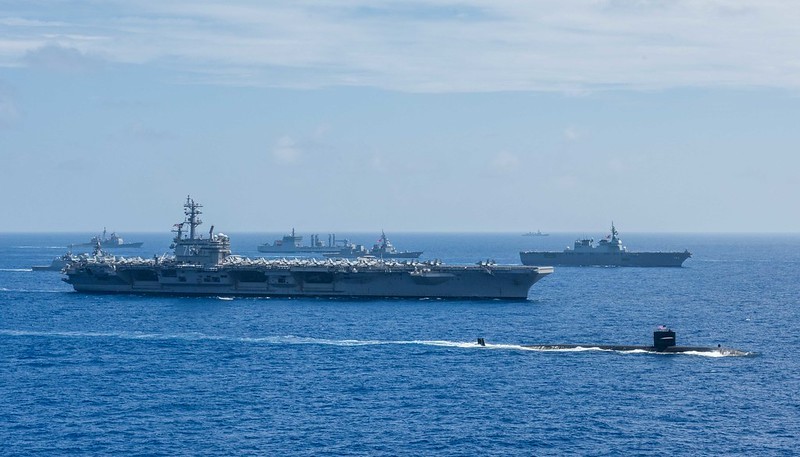One of the oft-repeated lines in the U.S. government today is that “personnel is policy.” The early days of President Donald Trump’s second administration have been no exception, especially when it comes to China policy. The selection of well-seasoned China hawks and friends of Taiwan for top administration roles. Picture source: Daniel Torok, February 18, 2025, Flickr, https://www.flickr.com/photos/whitehouse/54336652506/in/photostream/.
Prospects & Perspectives No. 12
Navigating Turbulence: China and Taiwan During Trump 2.0
By Igor Khrestin
One of the oft-repeated lines in the U.S. government today is that “personnel is policy.” Attributed to Scott Faulkner, the chief of personnel for Ronald Reagan’s 1980 presidential campaign, it has become a truism for subsequent Republican and Democratic administrations.
The early days of President Donald Trump’s second administration have been no exception, especially when it comes to China policy. The selection of well-seasoned China hawks and friends of Taiwan for top administration roles — including former Florida Sen. Marco Rubio for Secretary of State, Jacob Helberg for Undersecretary of State, Rep. Elise Stefanik for U.S. Ambassador to the United Nations, Rep. Mike Waltz for National Security Advisor, and Alex Wong for Deputy National Security Advisor — signaled that U.S.-China relations will be in line for more turbulence, while U.S. ties with Taipei and other regional allies will further strengthen. However, other key advisors of the president, such as entrepreneur Elon Musk, have had a more complicated history with China and Taiwan.
So far, the evidence of a consistent tough on China and friendly to Taiwan approach has been mixed, although some early actions on Indo-Pacific allies have been more encouraging.
The early record
The first month of the second Trump Administration has yielded glimpses of what U.S. policy on China will look like over the next four years. On Feb. 1, President Trump imposed tariffs on imports from China, Mexico, and Canada. Notably, the tariffs imposed — but subsequently delayed for 30 days — against Chinese goods were markedly lower (at 10%) than against the two longstanding U.S. allies (at 25%).
Four days later, China responded symmetrically with tariffs against U.S. products. On Feb. 10, President Trump restored 25% global tariffs against steel and aluminum products, to come into effect on March 12. This move was squarely aimed at Beijing’s dominance in those industries but would impact Europe and Canada as well. It seems, at least initially, that the U.S.-China trade wars of Trump 1.0 will again become a fixture of relations between Washington and Beijing during Trump 2.0.
More encouraging has been the administration’s effort so far to strengthen alliances with traditional Indo-Pacific partners.
On his first full day in office, Secretary Rubio hosted a Quad Foreign Ministers summit with his counterparts from India, Australia, and Japan, which resulted in a joint statement pledging to strengthen “regional maritime, economic, and technology security in the face of increasing threats” — a clear nod to Beijing. Secretary of Defense Pete Hegseth followed with a meeting of the Australia-U.K.-U.S. (AUKUS) partnership. Then President Trump hosted Japan’s Prime Minister Ishiba Shigeru as well as India’s Prime Minister Narendra Modi at the White House.
Taiwan should see as encouraging these early actions to strengthen Washington’s alliances, with a view to deterring Beijing. Less encouraging for Taipei is the U.S. threat of new tariffs against its own goods, particularly semiconductors. In response, Taiwan’s President Lai Ching-te has promised even more Taiwanese investment in the United States, on top of the existing US$65 billion investment already announced by semiconductor global leader Taiwan Semiconductor Manufacturing Co (TSMC).
President Trump has also urged Taiwan to dramatically increase its defense spending — a goal pursued by Washington with Taipei across multiple administrations. President Lai likewise responded positively and pledged to increase Taipei’s defense spending to 3% of GDP.
Despite these early tremors, a leading analyst of U.S.-Taiwan relations Russell Hsiao is predicting that “the record of the first Trump Administration suggests a likely course of continuity with the policies established under the first Trump Administration and the Biden Administration.” If that prediction holds, this will be seen as welcome news in Taipei.
The China challenge
For all the groundwork laid with close allies, it is also well known that President Trump often shapes U.S. policy through personal relationships with our adversaries, and China is a prime example.
Presidents Trump and Xi spoke before the inauguration, and apparently also since then, though the Chinese side has yet to confirm the latter call. One outcome seems to have been the delay in banning the Chinese-owned social media app TikTok, which many of the same China hawks in the new administration previously deemed a national security threat to the United States. The TikTok ban, which has now been delayed until April 2025, will be the first major litmus test of a tough-on-China approach.
To be truly tough on China, though, the administration needs to start acting both tactically and strategically to deter Beijing. Last year, the George W. Bush Institute released a policy brief that recommended the following five-point approach for the United States:
- Reinvest with purpose in our domestic competitiveness through additional investments in education, science, and research and development.
- Rebuild our defense industrial base through improvements in key capabilities, such as shipbuilding, ammunition, and autonomous weapons systems.
- Compete with China’s geostrategic initiatives like Belt and Road through additional U.S. global investments.
- Prioritize human rights and democracy in China.
- Help Ukraine win the war against Russia, which would in turn deter China and other autocratic actors from the same aggression against other U.S. allies.
The Administration has considerable work to do in each of these areas.
What’s next
President Trump has stated that he would like to visit China within his first 100 days in office. Vice President J.D. Vance has already met with his Chinese counterpart Han Zheng shortly before the inauguration, a meeting at which Elon Musk was also present. While such visits may be useful in the future to stabilize Sino-American ties, the administration would be wise to prioritize other allies first, perhaps starting with a Cabinet-level visit to Taiwan instead.
The new administration should also keep in mind that the authoritarian challenge to U.S. primacy is now broader than the People’s Republic of China. It also involves Beijing’s collusion with other fellow autocratic actors, Russia, Iran, and North Korea, or the so-called CRINK. Dealing with CRINK requires a comprehensive strategy with human rights and democratic governance at its core. This administration has yet to prioritize these values as part of its approach to foreign policy.
(Igor Khrestin is the Bradford M. Freeman Managing Director of Global Policy at the George W. Bush Institute.)


